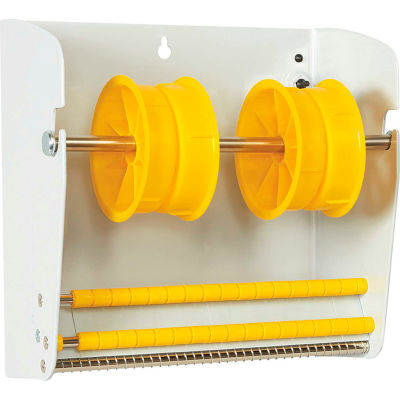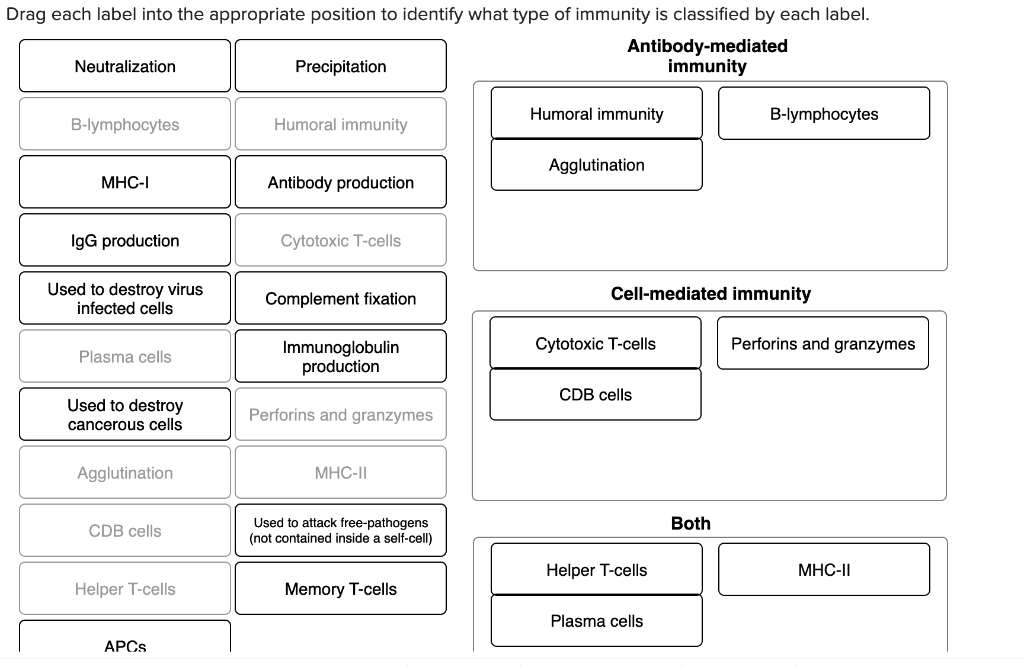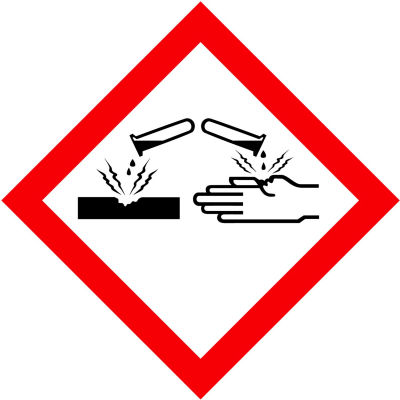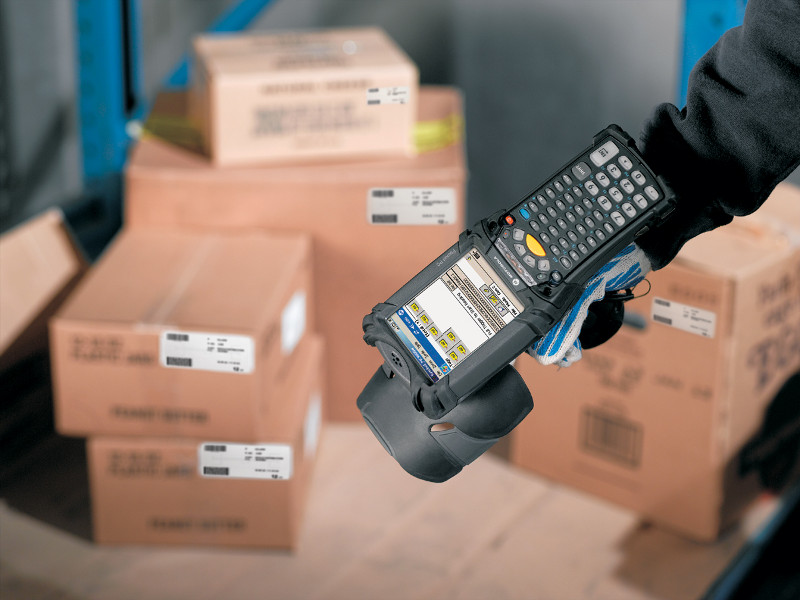45 apply labels in r
R: Add value labels to variables R: Add value labels to variables set_labels {sjlabelled} R Documentation Add value labels to variables Description This function adds labels as attribute (named "labels" ) to a variable or vector x, resp. to a set of variables in a data frame or a list-object. Add variable label(s) to variables — set_label • sjlabelled Add variable label (s) to variables This function adds variable labels as attribute (named "label") to the variable x, resp. to a set of variables in a data frame or a list-object. var_labels () is intended for use within pipe-workflows and has a tidyverse-consistent syntax, including support for quasi-quotation (see 'Examples').
Display All X-Axis Labels of Barplot in R (2 Examples) Example 1: Show All Barchart Axis Labels of Base R Plot. Example 1 explains how to display all barchart labels in a Base R plot. There are basically two major tricks, when we want to show all axis labels: We can change the angle of our axis labels using the las argument. We can decrease the font size of the axis labels using the cex.names argument.
Apply labels in r
Quick-R: Value Labels To understand value labels in R, you need to understand the data structure factor. You can use the factor function to create your own value labels. # variable v1 is coded 1, 2 or 3 # we want to attach value labels 1=red, 2=blue, 3=green mydata$v1 <- factor (mydata$v1, levels = c (1,2,3), labels = c ("red", "blue", "green")) r - How to apply value labels to the selected variables? - Stack Overflow Here's a workflow: library (haven) # Load data dat <- read_spss ("your_SPSS_file.sav") # Identify the "labelled"-class variables labeled_vars <- sapply (dat, function (x) class (x) == "labelled") # Convert only the labeled vars to factors dat [, labeled_vars] <- lapply (dat [, labeled_vars], as_factor) Create a labelled vector. — labelled • haven A labelled vector is a common data structure in other statistical environments, allowing you to assign text labels to specific values. This class makes it possible to import such labelled vectors in to R without loss of fidelity. This class provides few methods, as I expect you'll coerce to a standard R class (e.g. a factor()) soon after importing.
Apply labels in r. How to Add Labels Directly in ggplot2 in R - GeeksforGeeks To put labels directly in the ggplot2 plot we add data related to the label in the data frame. Then we use functions geom_text () or geom_label () to create label beside every data point. Both the functions work the same with the only difference being in appearance. The geom_label () is a bit more customizable than geom_text (). How to Apply for RLabel Label? The R-Label recycling standard designed by our organization is an international, voluntary, social and environmental practice and chemical restrictions that set requirements for third-party certification of recycled materials. Variable and value labels support in base R and other packages The usual way to connect numeric data to labels in R is factor variables. However, factors miss important features which the value labels provide. Factors only allow for integers to be mapped to a text label, these integers have to be a count starting at 1 and every value need to be labelled. Add value labels to variables — set_labels • sjlabelled if labels is a vector and x is a data frame, labels will be applied to each column of x. Use labels = "" to remove labels-attribute from x. force.labels Logical; if TRUE, all labels are added as value label attribute, even if x has less unique values then length of labels or if x has a smaller range then length of labels. See 'Examples'.
APPLY in R with apply() function [with EXAMPLES] In this tutorial you will learn how to use apply in R through several examples and use cases. 1 apply () function in R. 1.1 Applying a function to each row. 1.2 Applying a function to each column. 2 Apply any function to all R data frame. 3 Additional arguments of the apply R function. 4 Applying a custom function. FACTOR in R [CREATE, CHANGE LABELS and CONVERT data] The factor function. The factor function allows you to create factors in R. In the following block we show the arguments of the function with a summarized description. factor(x = character(), # Input vector data levels, # Input of unique x values (optional) labels = levels, # Output labels for the levels (optional) exclude = NA, # Values to be excluded from levels ordered = is.ordered(x ... apply_labels function - RDocumentation apply_labels function - RDocumentation expss (version 0.11.1) apply_labels: Set variable labels/value labels on variables in the data.frame Description apply_labels tries automatically detect what is variable label and what are value labels. See also var_lab and val_lab. Usage apply_labels (data, ...) Arguments data data.frame/list ... Quick-R: Variable Labels describe (mydata) Unfortunately the label is only in effect for functions provided by the Hmisc package, such as describe (). Your other option is to use the variable label as the variable name and then refer to the variable by position index. names (mydata) [3] <- "This is the label for variable 3" mydata [3] # list the variable To Practice
R and labelled data: Using quasiquotation to add variable ... - R-bloggers set_labels() can be used to add value labels to variables. The syntax of this function is easy to use, and set_labels() allows to add value labels to multiple variables at once, if these variables share the same value labels. In the following examples, we will use the frq() apply_labels: Set variable labels/value labels on variables in the ... Description apply_labels tries automatically detect what is variable label and what are value labels. See also var_lab and val_lab. Usage Arguments Value data with applied labels Examples expss documentation built on Jan. 7, 2022, 5:23 p.m. Change Labels of GGPLOT2 Facet Plot in R - GeeksforGeeks Method 2: Using levels () As we discussed previously the LBLs variable of DataFrame is responsible for Labels of Facet, so now we will create a new DataFrame and assign old DataFrame DF to it. Then simply change the Values of Labels variable of the new DataFrame. Here we use levels () function to set the attribute of a variable in a new manner. Tables with labels in R We can save labelled dataset as *.csv file with accompanying R code for labelling. write_labelled_csv (w, file filename = "product_test.csv") Or, we can save dataset as *.csv file with SPSS syntax to read data and apply labels. write_labelled_spss (w, file filename = "product_test.csv")
How to Label Points on a Scatterplot in R (With Examples) Example 1: Label Scatterplot Points in Base R. To add labels to scatterplot points in base R you can use the text () function, which uses the following syntax: text (x, y, labels, …) x: The x-coordinate of the labels. y: The y-coordinate of the labels. labels: The text to use for the labels. The following code shows how to label a single ...
Add custom tick mark labels to a plot in R software - STHDA Change the string rotation of tick mark labels The following steps can be used : Hide x and y axis Add tick marks using the axis () R function Add tick mark labels using the text () function The argument srt can be used to modify the text rotation in degrees.

Labels & Dispensers | Label Dispensers - Manual & Handheld | 8-1/2" Wall Mount Label Dispenser ...
R: Assign variable labels of data frame columns - Stack Overflow label (data) = lapply (names (data), function (x) var.labels [match (x, names (var.labels))]) lapply applies a function to each element of a list or vector. In this case the function is applied to each value of names (data) and it picks out the label value from var.labels that corresponds to the current value of names (data).
The best way to attach labels to numeric variables - RStudio Community at least in the case of using a recode, it should only have to change the 3 labels on the levels of the factors, rather than altering every element of the vector. suppresswarnings (library (tidyverse)) suppresswarnings (library (microbenchmark)) # object to decode and the key tbl <- tibble (code = sample (letters [1:3], 1e+06, replace = true)) …
Draw Scatterplot with Labels in R (3 Examples) | Base R & ggplot2 In this post, I'll explain how to add labels to a plot in the R programming language. The article consists of three examples for the addition of point labels. To be more precise, the table of content looks like this: 1) Creating Example Data. 2) Example 1: Add Labels to Base R Scatterplot. 3) Example 2: Add Labels to ggplot2 Scatterplot.
TAPPLY in R with tapply() function [with EXAMPLES] Tapply in R with multiple factors. You can apply the tapply function to multiple columns (or factor variables) passing them through the list function. In this example, we are going to apply the tapply function to the type and store factors to calculate the mean price of the objects by type and store. # Mean price by product type and store ...
expss: Tables with Labels in R - GitHub Pages The usual way to connect numeric data to labels in R is factor variables. However, factors miss important features which the value labels provide. Factors only allow for integers to be mapped to a text label, these integers have to be a count starting at 1 and every value need to be labelled.
labels function - RDocumentation One can set or extract labels from data.frame objects. If no labels are specified labels (data) returns the column names of the data frame. Using abbreviate = TRUE, all labels are abbreviated to (at least) 4 characters such that they are unique. Other minimal lengths can specified by setting minlength (see examples below).
Label Encoding in R programming - All you need to know! Practical Implementation of a Label Encoder in R To begin with, R provides us with ' superml ' library that contains the below set of functions to apply Label Encoder to our data. LabelEncoder$new (): This function creates and initializes an instance of the Label Encoder class.
How to create ggplot labels in R | InfoWorld Sharon Machlis, IDG. Basic scatter plot with ggplot2. However, it's currently impossible to know which points represent what counties. ggplot's geom_text() function adds labels to all the ...
expss source: R/apply_labels.R Documented in apply_labels #' Set variable labels/value labels on variables in the data.frame #' #' \code {apply_labels} tries automatically detect what is variable label and #' what are value labels. See also \link {var_lab} and \link {val_lab}. #' #' @param data data.frame/list #' @param ... named arguments or lists.
Create a labelled vector. — labelled • haven A labelled vector is a common data structure in other statistical environments, allowing you to assign text labels to specific values. This class makes it possible to import such labelled vectors in to R without loss of fidelity. This class provides few methods, as I expect you'll coerce to a standard R class (e.g. a factor()) soon after importing.
r - How to apply value labels to the selected variables? - Stack Overflow Here's a workflow: library (haven) # Load data dat <- read_spss ("your_SPSS_file.sav") # Identify the "labelled"-class variables labeled_vars <- sapply (dat, function (x) class (x) == "labelled") # Convert only the labeled vars to factors dat [, labeled_vars] <- lapply (dat [, labeled_vars], as_factor)
Quick-R: Value Labels To understand value labels in R, you need to understand the data structure factor. You can use the factor function to create your own value labels. # variable v1 is coded 1, 2 or 3 # we want to attach value labels 1=red, 2=blue, 3=green mydata$v1 <- factor (mydata$v1, levels = c (1,2,3), labels = c ("red", "blue", "green"))














Post a Comment for "45 apply labels in r"